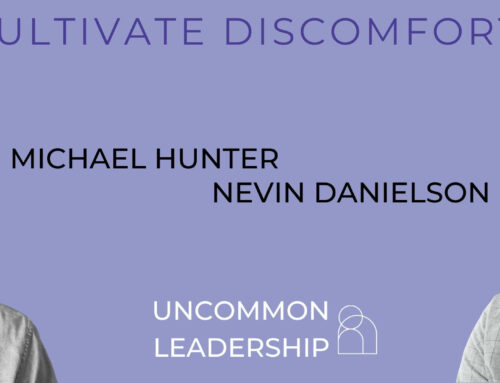My colleague was looking at an overwhelming to-do list and this suggestion triggered a very helpful change.
In the Getting Things Done (GTD) system of personal organizing, it’s essential that anything that comes to mind as a possible action gets captured and put into your trusted, outside-of-your-brain system. Instead of relying on the recall ability of your brain — and living with the 4 AM shock of realizing you missed something — GTD lets you put it all in one place for easy reference and access.
It’s a complex system and I’m only scratching the surface, but for right now, let’s call that Step One. When you’ve gotten everything out of your brain and onto paper (or in my case, Asana), you’re ready for more.
After Step One, you’ll be having an experience much like my colleague had. That list is so large. It’s overwhelming, and every time you take care of one thing, you’re feeling pain for other tasks you’re neglecting.
GTD offers a simple and often underused solution to this problem. Projects. If an outcome you desire is going to require multiple actions to complete, you can organize that work as a Project. This is important: name the Project as the completed state you’re seeking to achieve. Within that Project, you can group and organize many of the tasks you’re juggling. When you categorize them, you can remove them from the massive overwhelming view.
Instead of having 80 tasks, perhaps you’re instead looking at 8 outcomes. That’s a lot easier to process.

GTD Projects are not the same as the projects in your organization right now.
It took me a while to embrace this different spirit of GTD Projects. I had a definition of a Project that was much too narrow to be useful. In your organization, you’ve got the Phoenix Project. You’ve got the Launch Project. It’s delayed, but the Website Redesign Project is also still on the books. GTD projects are a lot more plain-spoken and they don’t require a Project Manager.
GTD projects are about naming the outcomes you’re working to deliver, even if they aren’t officially on a Gantt chart. They can be large, like Feature X is in Production, but they can also be a lot simpler, like I Bring in a Batch of Cookies on Monday.
Regardless of size, the real breakthrough my colleague and I discovered is that a lot of outcomes with multiple steps weren’t being named as Projects because they weren’t official projects. No-one had asked for them, so that had not warranted a “Project” title. As soon as we started naming valid, relevant outcomes they were pursuing, many of those overwhelming tasks were a lot more easily managed.
I expect you see the simplifying value of naming these kinds of outcomes, but there’s more to share. When you plainly state an outcome, It’s also easier to prioritize. You can look at that collection of outcomes and more confidently choose which one needs to be delivered… and which ones need to be neglected.
Neglected! Did that trigger you? If they all need to be done, there’s still benefit. When you name it as an outcome, they’re also easier to delegate! Micro-managers assign lists of tasks. Inspiring leaders ask someone to achieve… say it with me… an outcome.
Here’s one more. Naming an outcome helps us find creative solutions. You can objectively look at an outcome you desire and ask “What’s needed for this to be true?” That’s a lot easier than looking at a task list and asking “What am I missing?”
If you work near me and want to practice, might I suggest I Bring in a Batch of Cookies on Monday as a good starter project.




